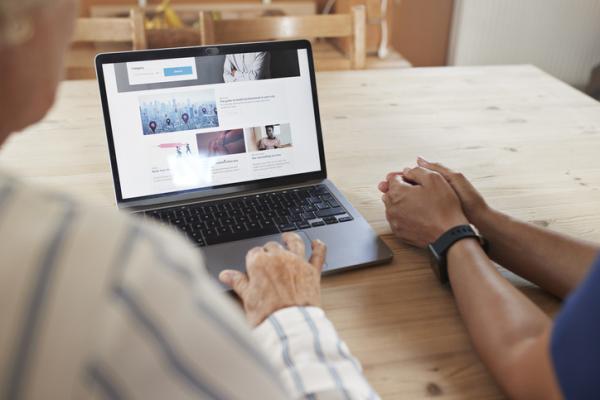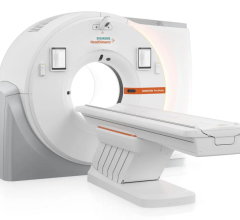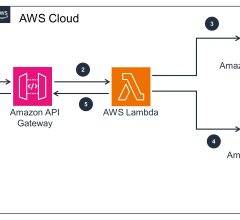
Getty Images
January 17, 2022 — The COVID-19 pandemic has fundamentally changed the health care delivery landscape and shifted the ways in which patients access health care. Digital literacy, access to technology, and the ability to effectively communicate with providers virtually have become critical indicators of social determinants of health. Now, to add to our understanding, Boston-area researchers have investigated demographic disparities in the use of virtual consultation compared with in-person surgical consultation after the initial COVID-19 Public Health Emergency. Their findings appear in an article—among the first of its kind—published online by the Journal of the American College of Surgeons.
“The surge in telemedicine has focused attention on the digital divide and highlighted the limited ability of vulnerable populations to access and use telemedicine,” said lead author Gezzer Ortega, MD, MPH, lead faculty for Research and Innovation for Equitable Surgical Care, Center for Surgery and Public Health, and adjunct faculty, Patient-Reported Outcomes, Value and Experience Center at Brigham and Women’s Hospital, Boston, Massachusetts.
While the number of Americans with access to high-speed internet is growing, more than 21 million Americans still lack broadband internet access.1 Additionally, internet capable device ownership remains disproportionately reduced among low-income and older Americans.2 Researchers aimed to identify disparities between in-person and telemedicine surgical consultation within their own hospital system.
Study details
The study was a retrospective analysis within the division of general and gastrointestinal surgery at an academic medical center occurring between March 24 and June 23, 2020 (Phase I), and June 24 through December 31, 2020 (Phase II).
The Phase I and Phase II dates were selected according to Massachusetts state policies that affected the delivery of non-emergent surgical services, including outpatient consultation. On March 24, 2020, an emergency order was issued by the Massachusetts state governor, which mandated closure of all businesses and organizations not providing COVID-19 essential services and initiated a stay-at-home advisory. On June 24, 2020, the Massachusetts Department of Public Health enacted reopening guidelines authorizing the resumption of non-essential elective surgical procedures and in-person consultation.
The analysis involved 4,908 patients across both phases. During Phase I, 347 in-person and 638 virtual visits were completed. There were no significant differences in virtual compared to in-person visit use across demographic or insurance groups. Among patients utilizing virtual visits, Latinx and Hispanic patients were less likely to have video compared with audio-only visits than white patients.
During Phase II, 2,922 in-person and 1,001 virtual visits were completed. No significant differences were observed across insurance types; however, Black patients were more likely to have virtual visits than white patients. Among patients utilizing virtual visits, race or ethnicity and insurance type were not significant predictors of video use.
Key findings
- During Phase I, two-thirds of patients attended surgical consultation via telemedicine visits. The majority of these patients were white, and there were no statistically significant differences in virtual visit use across racial or ethnic groups.
- Latinx and Hispanic patients were less likely to have video visits than white patients.
- During Phase II, in-person visits increased. White patients remained the majority of patients being seen by virtual visit, though notably, Black patients were 50 percent more likely to have virtual visits than white patients.
- Older age, lower education level, and non-English as a primary language were associated with decreased video use.
The study is limited by missing race, ethnicity, and education level data, which ultimately reduced the sample size of the overall study. “Notably, our institution implemented systematic efforts to collect more patient demographic data early in the pandemic, which resulted in decreased proportions of missing race, ethnicity, and education level data during Phase II,” said Ortega.
Additionally, the study did not include qualitative analysis on the fundamental drivers in the differences in audio-only versus video usage for virtual visits. Future research should employ qualitative methodology to analyze patient, provider, and system level drivers of visit modality preferences among under-resourced general surgical patient populations.
A variety of barriers exist in access to telemedicine care. Louis L. Nguyen, MD, MBA, MPH, FACS study coauthor and vice chair for digital health systems, suggests access to internet is chief among them. “Some underserved populations don’t have access to high-speed internet and that limits their access to a lot of opportunities, including virtual health care,” he said.
This study provides preliminary evidence that virtual consultation may serve as a mechanism to increase access to surgical care among traditionally under-resourced populations during the COVID-19 pandemic and beyond. Health systems must implement policies to promote digital access and digital literacy in under-resourced communities.
“It’s really interesting to sit here in January 2022 and analyze data on virtual care where about two years ago, we hardly ever used virtual care,” said study coauthor Ali Tavakkoli, MD, chief of the division of general and gastrointestinal surgery at Brigham and Women’s Hospital. “The first wave of COVID pushed us to implement this path and format of care where we thought it would not be possible. Now the data, including this study, show that it can be done, and it can be done safely. During the current wave of COVID where we’ve become heavily dependent on virtual visits again, it’s great to have this data to show how we’re doing with this format.”
For more information: https://www.facs.org/
1 2019 Broadband Deployment Report. Federal Communications Commission 2019; 44:1-331. Available at: https://docs.fcc.gov/public/attachments/FCC-19-44A1.pdf (.) Accessed Jan 10, 2022.
2 Demographics of Mobile Device Ownership and Adoption in the United States. Pew Research Center: Internet & Technology. Published June 12, 2019. Available at: https://www.pewresearch.org/internet/fact-sheet/mobile (.) Accessed Jan 10, 2022.
Related Telemedicine Coverage:
VIDEO: The New Normal of Home Workstations, Teleradiology and Remote Reading
Telemedicine During COVID-19: Video vs. Phone Visits and the Digital Divide
California Physicians Weigh In On Telemedicine
Just Consider the Possibilities


 November 11, 2025
November 11, 2025 









